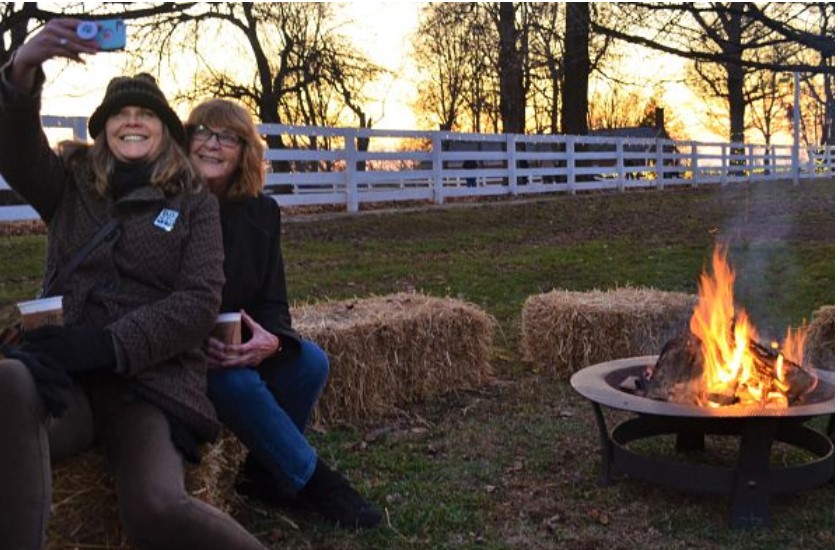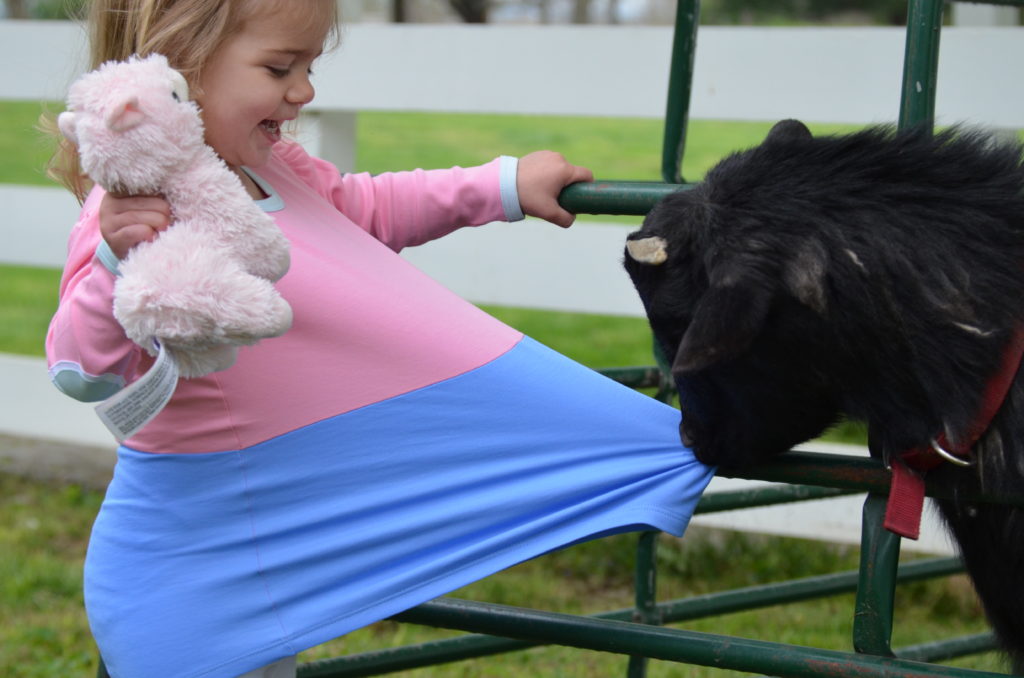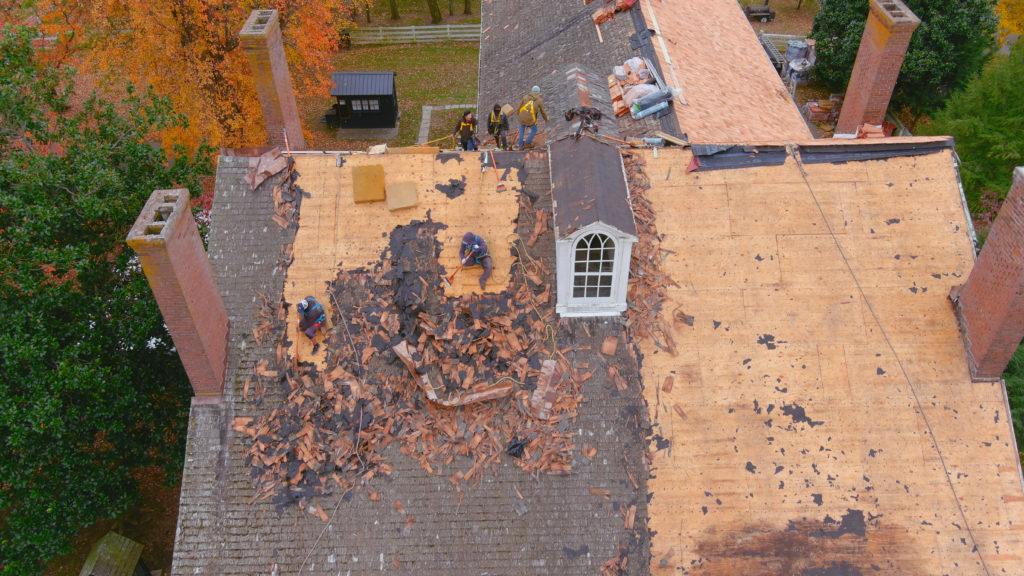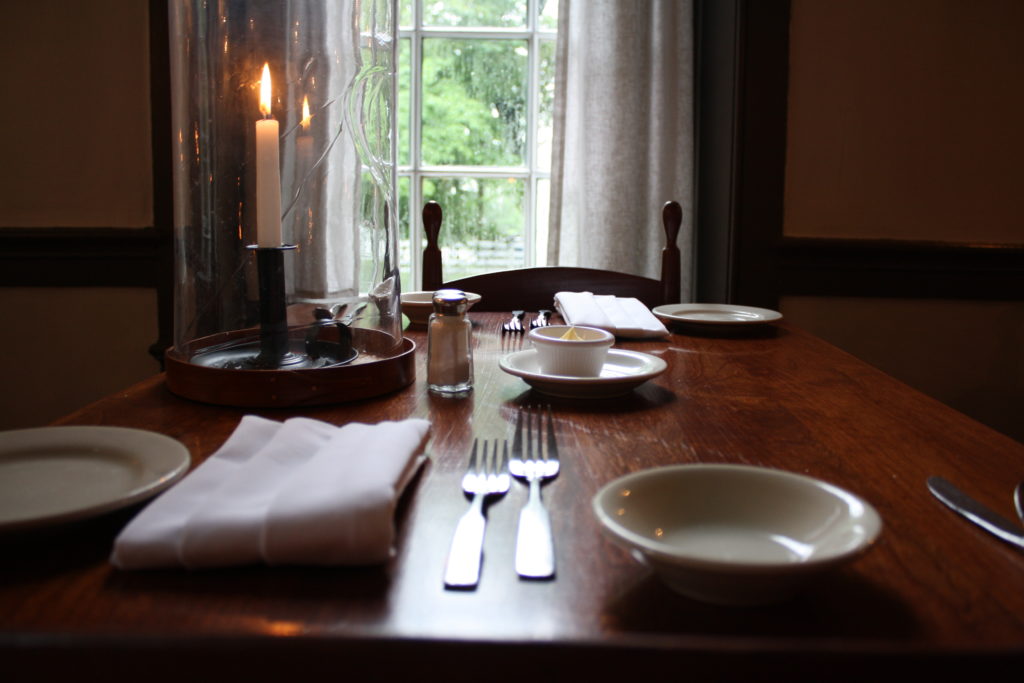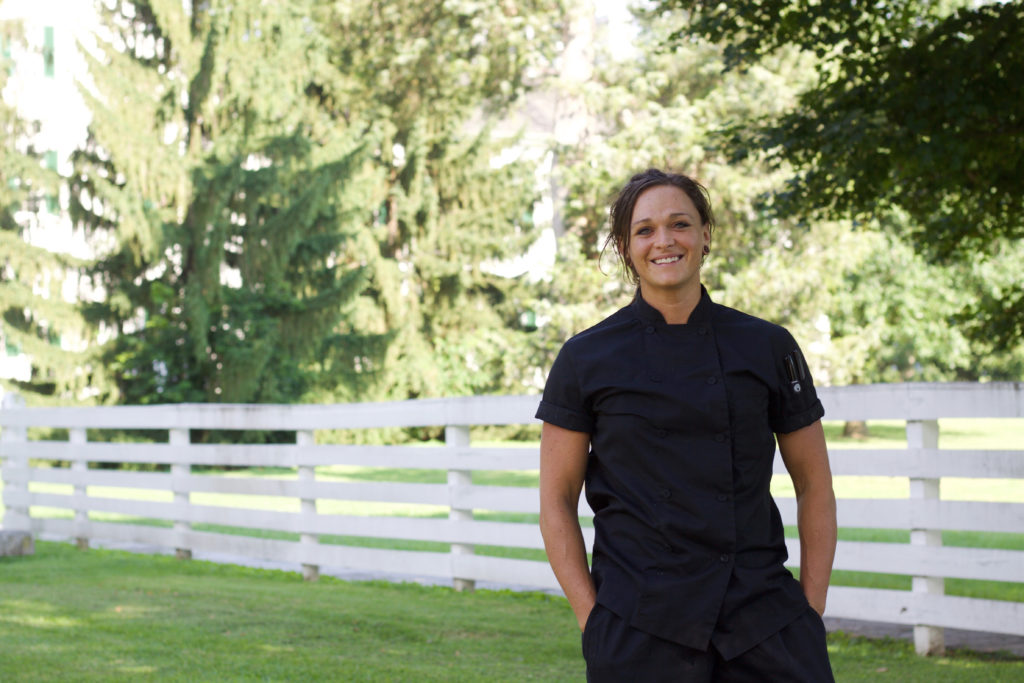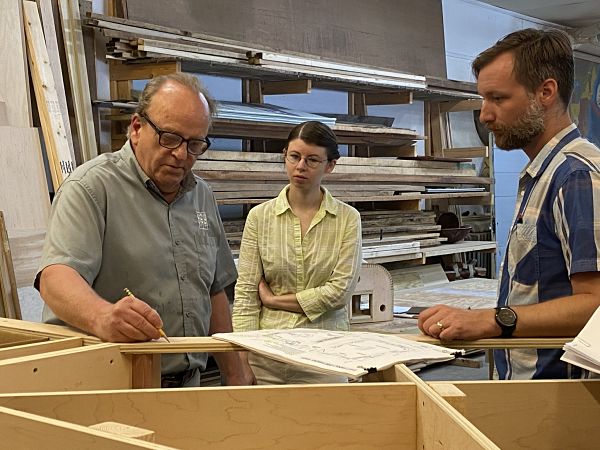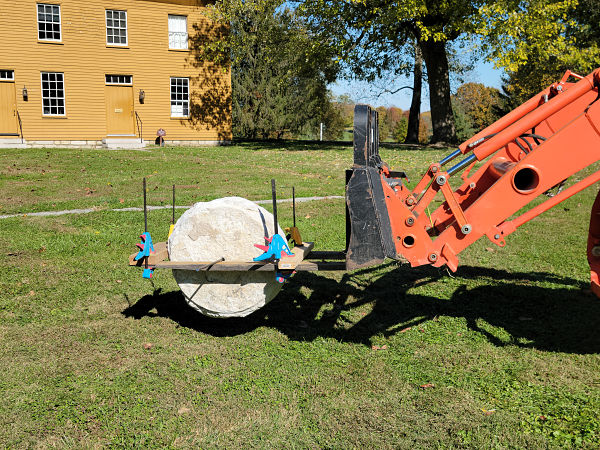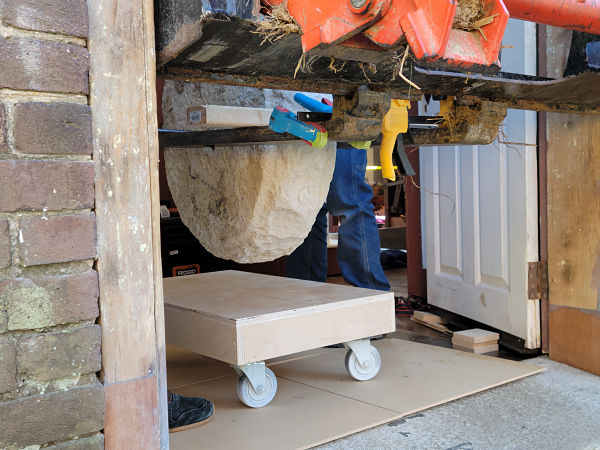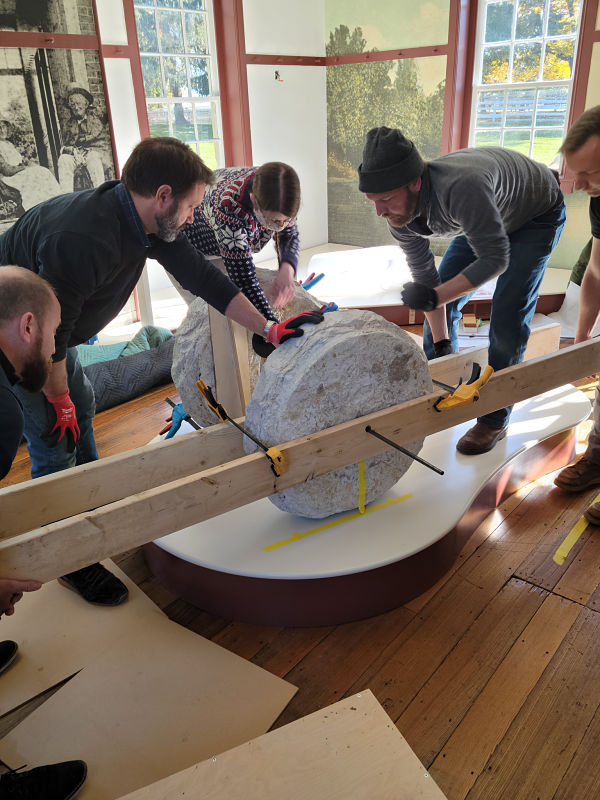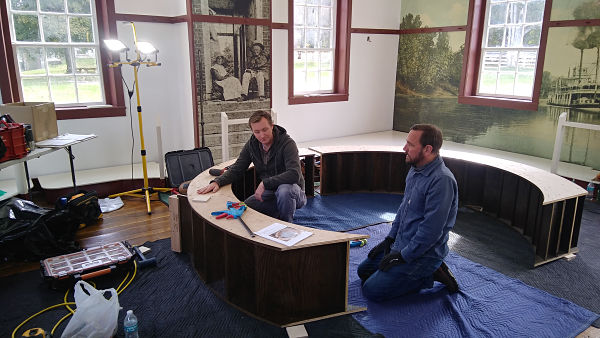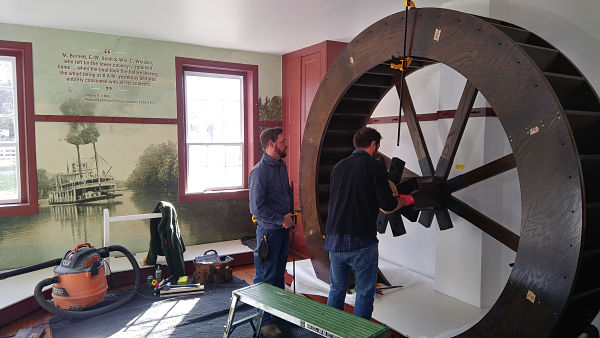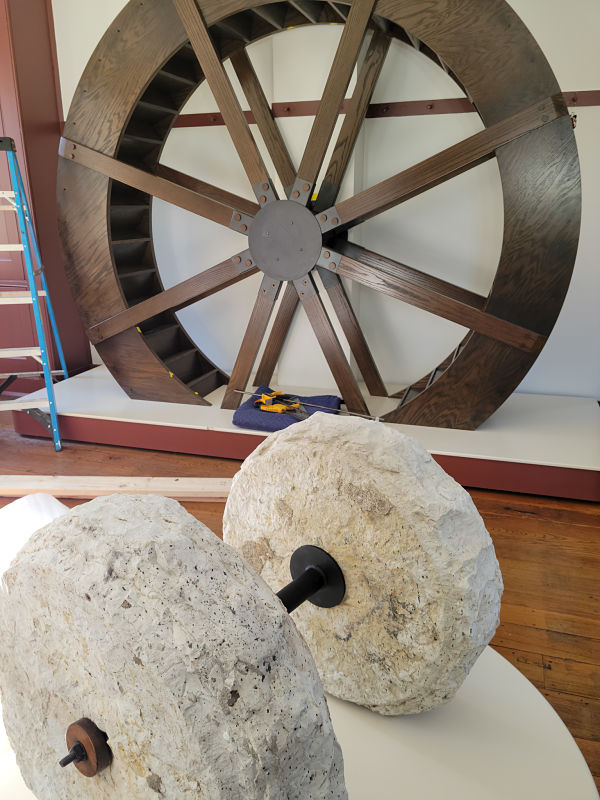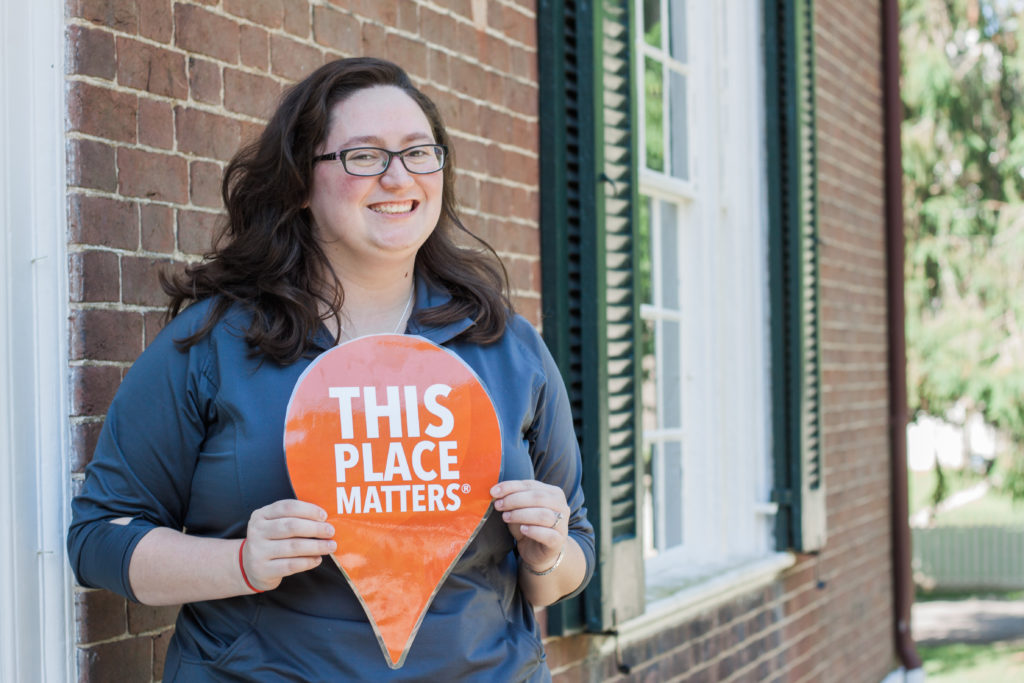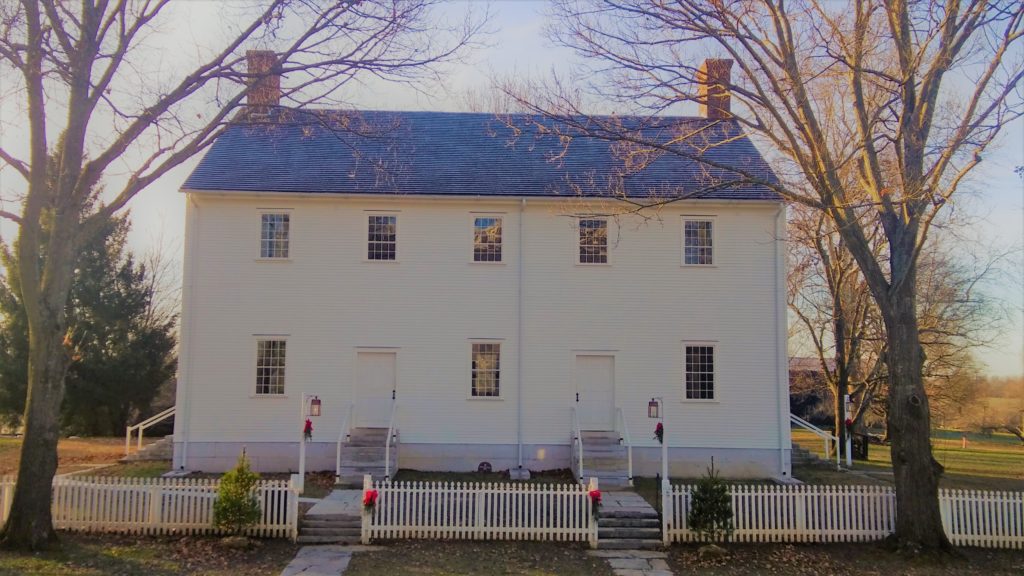Barry Stumbo, Chief Development Officer
Melissa Williams, Development Coordinator
It’s a festive time of year at Shaker Village! Most of the guests visiting are settled in at The Trustees’ Table for a hearty meal or snuggled down in one of our 72 hotel rooms. The coziness of the Village and the prospect of the New Year before us is filled with anticipation and promise. This is a great time for reflection and for counting blessings in 2021.
As we do each year in December, we’d like to share several highlights and achievements. We know thousands of you visited this year and saw first hand how the Village sparkled like never before.
Over 20,000 hikers and horseback riders explored The Preserve.
Our multi-use trail system is open (nearly) year-round. It’s a popular destination for our guests, especially when the wildflowers are in bloom. Our two-person Preserve team works hard to manage the natural habitat and we have a growing number of volunteers who assist with invasive species mitigation and trail maintenance. This spring we completed a major upgrade and repair to the most popular section of the trail system near the Fulling Mill. This repair stabilized the trail, the creek, and the slope of the surrounding spring to ensure this historic feature remains for generations to discover.
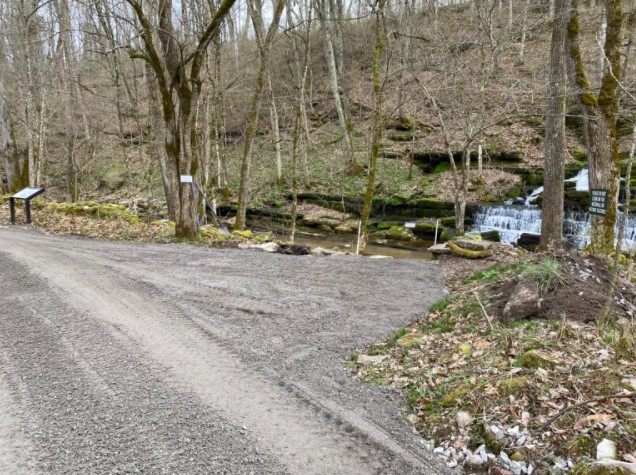
The Trustees’ Office and Old Ministry’s Shop were the beneficiaries of new roofs!
In November the 1839 Trustees’ Office got a new roof. There were enough materials left over to also replace the roof on the 1813 Old Ministry’s Shop. Not only do they look beautiful, the new roofs will help to secure the building envelop for 25-30 years. That’s cause to celebrate. As we wrote in May, water is the biggest threat to the long-term sustainability of the remaining Shaker Buildings. Every time we replace a roof, we are deflecting water and preventing it from damaging the historic structures.
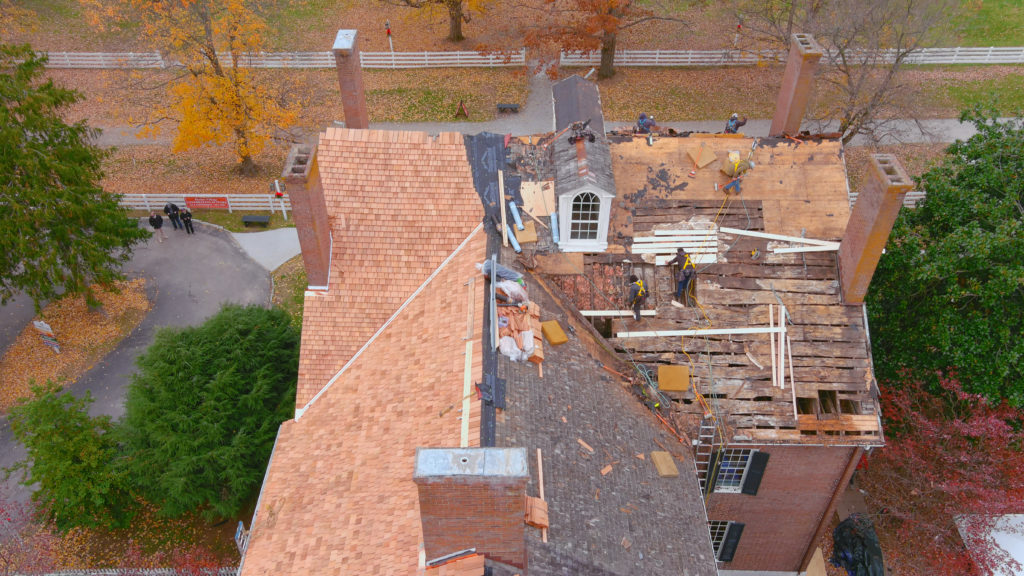
They Shaker Village craftsmen also worked to complete over $1 million worth of preservation work in 2021:
- The preservation carpenter gave the 1847 Cooper’s Shop a lot of attention as he repaired the building’s framework and siding.
- Loose mortar within the stone and brick masonry of the 1817 East Family Dwelling was replaced. Windows, sashes, and porches at East Family Dwelling were also repaired.
- Across the Village, the paint crew cared for building interiors and painted walls, ceilings, doors and windows as needed.
The Farm thrived and got a little bigger!
The Farm team manages 118 organic acres and partners with our Program team to support educational programming. In addition, they care for over 125 animals! This year The Farm expanded with the addition of a 30’ x 60’ high tunnel (funded in part by the Honorable Order of Kentucky Colonels). This high tunnel houses 12 new planting beds and will allow the Farm Team to grow vegetables during the winter months. This food source is not only important to our onsite restaurant, but we also sell produce through our low-cost CSA program and donate local food banks. Thousands of people benefit through the efforts of the Farm team.
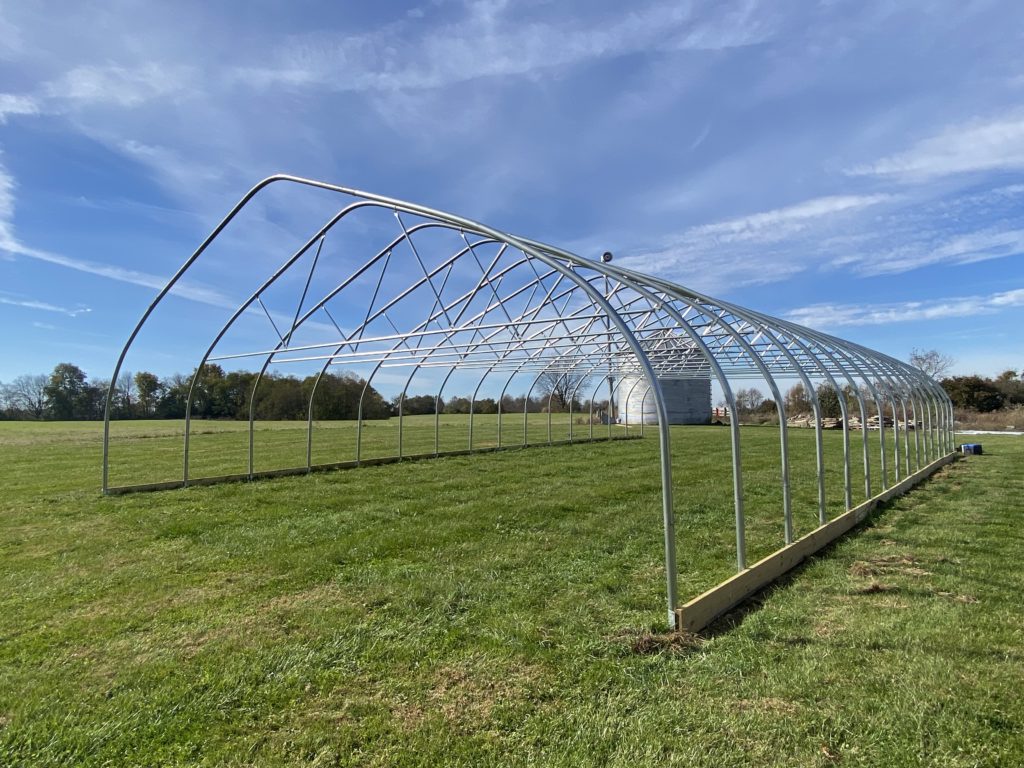
Signature Events Returned in 2021 and so did you!
When we opened ticketing for Family Farm Days and Brunch with the Babies, we suspected there would be a demand for event programming, however in the continuing pandemic, we were not sure what to expect. Your response was incredible!
Our signature events were high on your to-do list this year! Every event in 2021 (including Vintage Baseball, Craft Fair, Community Sing, the Kentucky Heritage Jazz Fest, Harvest Fest, Trick or Treat and Illuminated Evenings) was well attended. In many cases, including the Craft Fair and Harvest Fest, the attendance for each was the highest in our history!
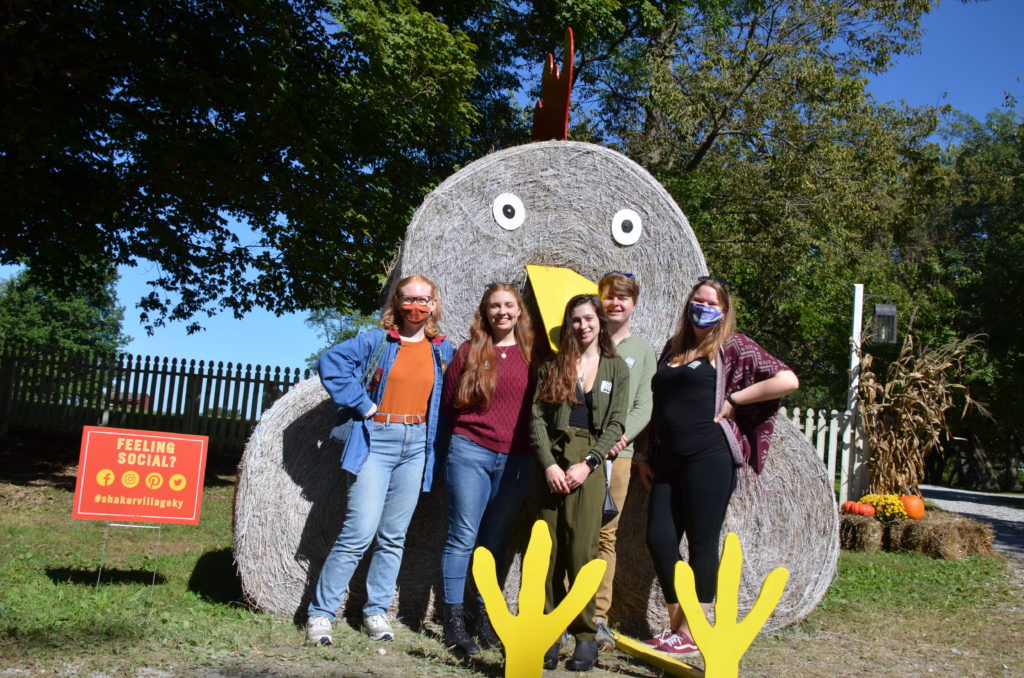
You also attended our daily tours and programs and our specialty workshops. You stayed overnight at The Inn, you dined (often!) at the Trustees’ Table and filled the house for the Fresh Food Adventures. We are ending 2021 feeling overwhelmed by your enthusiasm for this place and for the work we do.
Celebrating 60 years as a nonprofit organization.
As the year comes to an end, we close our 60th year as a nonprofit organization. We cannot help but feel inspired and encouraged by 2021, though it was challenging at times. The Village at Pleasant Hill remains stronger than any time in our history. The buildings and grounds look spectacular. A new, permanent exhibit – the first in a series – is slated to open in March 2022. We have a great number of programs planned for the upcoming year – even new ones like Watercolor for Beginners.
But most of all, you’ve supported us through two tough and unprecedented years. You’ve kept coming back to the Village. You’ve shopped, dined, hiked, stayed and donated. Your passion for Pleasant Hill and the Kentucky Shakers is driving us forward for the future.
Last year we wrote: “we promise you that we remain committed to caring for this site, to serving our mission, and to providing you with a peaceful place to rest, relax and discover.” The promise rings true as we enter 2022. We look forward to seeing you at Kentucky’s largest National Historic Landmark in the New Year and are grateful for your trust and support!
